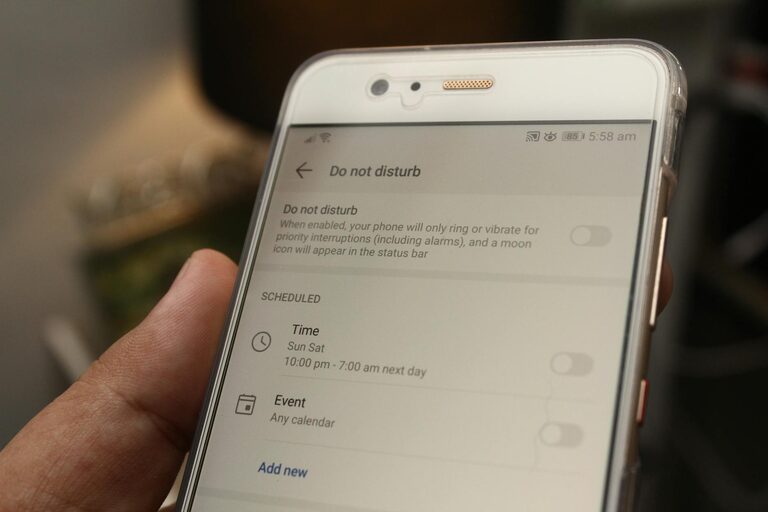
In today’s hyperconnected world, notifications from apps, emails, and social media constantly demand our attention. While they help keep us informed, these alerts can also be a major source of distraction and stress. Setting clear boundaries around notifications is essential for maintaining focus, improving productivity, and protecting your well-being.
In this post, we’ll share practical tips to help you manage notifications effectively, so you can take back control of your time and attention.
Why Setting Boundaries with Notifications Matters
Constant notifications can interrupt deep work, increase stress levels, and hinder creativity. When your device buzzes or beeps repeatedly, it breaks your concentration and makes it harder to complete tasks efficiently. Over time, this fragmented attention can lower your overall productivity and even impact your mental health.
By setting boundaries with notifications, you create space to focus when it matters most and relax without distractions when you’re off work. It’s a simple step toward a healthier relationship with technology.
Tips for Managing Notifications
1. Audit Your Notifications Settings
Start by reviewing all your apps and devices. Which apps send you notifications? Are they all essential? Disable or limit notifications from apps that don’t require immediate attention. Most smartphones and computers allow you to customize notification settings per app, so you can receive alerts only from important sources.
2. Use ‘Do Not Disturb’ Mode Wisely
Activate “Do Not Disturb” mode during focused work periods, meetings, or personal downtime. This feature silences all or selected notifications and prevents interruptions. Many devices let you schedule Do Not Disturb automatically based on your calendar or preferred times, making it easier to stick to your boundaries.
3. Create Notification-Free Time Blocks
Allocate specific times during your day when you check notifications and emails—such as once in the morning, after lunch, and before finishing work. Outside those windows, try to avoid looking at your device. Using timed focus sessions can help you concentrate on tasks without interruptions.
4. Prioritize Notifications with VIP or Allowlist Features
Some devices let you set “VIP” contacts or allowlist certain apps or people. This way, you don’t miss urgent calls or messages but still reduce overall noise. It’s a helpful balance that keeps you reachable for important matters without constant distractions.
5. Customize Notification Sounds and Visuals
Choose less intrusive notification sounds or turn off vibrations for non-urgent alerts. Visual pop-ups can also be disabled or minimized. Subtle notifications are less likely to disrupt your workflow or startle you, helping you stay in control.
6. Leverage App Features for Reduced Interruptions
Some apps offer built-in “quiet hours,” summary notifications, or batch alerts. Enable these features when available to receive information in digestible chunks instead of frequent updates. For example, some email apps send daily digests instead of individual messages.
7. Set Boundaries Around Work and Personal Notifications
If you use the same device for work and personal life, consider separating notifications by using different apps or devices for each. Alternatively, disable work notifications outside office hours to maintain work-life balance and prevent burnout.
8. Regularly Review and Adjust Your Settings
Check your notification preferences regularly as your needs and priorities change. What worked last month might not fit your current routine or workload. Periodic reviews help maintain effective boundaries over time.
Benefits of Managing Notifications
Once you implement these strategies, you’ll likely notice:
– Improved concentration and ability to complete tasks
– Reduced stress and digital fatigue
– Better work-life balance and downtime quality
– More mindful and intentional technology use
Final Thoughts
Notifications can be valuable tools but also powerful distractions if left unmanaged. Taking deliberate steps to set boundaries with how and when you receive alerts lets you regain control of your time and attention. Start small—turn off a few unnecessary notifications today and experiment with quiet times. Over time, these habits can lead to a more focused, less stressful digital experience.
By consciously designing how you interact with notifications, you invite more calm, productivity, and balance into your everyday life.
—
We hope these tips help you create a healthier relationship with your devices and stay focused on what matters most! Feel free to share your own notification management strategies in the comments below.
